-
Bergamot, Bee Balm Plants For Sale
Monarda fistulosa
Herb Growing Tips
Light: Full to Part Sun
Temperature: Perennial for Hardiness Zones 4-10
Water: Moderate watering is needed
Soil: Well-drained soil that is kept moist and but likes to be on the drier side.
Comments: This plant is prone to powdery mildew, this seems to be a cosmetic issue and doesn't effect the continue success for this plant. To help prevent this you can help by thinning out the plant, making sure it has enough space for optimum airflow and proper sunlight!
Herb Description
Bergamot, also known as Bee Balm, Horse Mint and Wild Oregano, is an aromatic herb in the family Lamiaceae (Mint Family), native to North America found in open fields and swampy areas. Blooming into beautiful, tubular violet to pink blooms, this vigorously growing herb resembles a firework explosion when flowering.
Bergamot, Bee Balm is Medicinal
Bergamot has a long history of use as a medicinal plant by many Native Americans, including the Blackfeet. The Blackfeet Indians used this hardy perennial in poultices to treat minor cuts and wounds. A tea made from the plant was also used to treat mouth and throat infections caused by gingivitis, as the plant contains high levels of a naturally occurring antiseptic, Thymol, which is found in many brand name mouthwashes. Traditionally used to ease bloating and digestion because of its carminative properties, as well as to treat headaches and fevers, Bee Balm makes a strong and slightly spicy tea, tasting of mint and oregano.
A very helpful companion plant, the Thymol contained in the plant's roots keep subterranean pests at bay, while the tubular purple flowers at the top of the plant attract many useful pollinators and predatory insects. This herb is a huge hit with hummingbirds and will make a terrific border to your garden. The flowers and leaves are good ingredients for making potpourri.Bee Balm Plants Are a Perennial Garden Favorite
Gaining renewed popularity as a culinary herb, Bee Balm makes a wonderful addition to pizzas, salads, breads and any dishes that are complimented by the herb's unique flavor. Minty and slightly spicy, Bergamot makes a great substitute for Oregano. The plant's flowers, leaves and stalks are edible and can be dried and added to breads, teas, and used as a savory seasoning for your favorite dish!
-
-

Easy Bergamot Fruit Salad
6 Tbl. Sugar
¾ cup water
juice of 2 oranges
4 to 6 bee balm leaves
1 cup black berries
2 cups strawberries
2 cups raspberries
Put the sugar, water, orange juice and bee balm leaves in a pan over low heat. Stir occasionally until the sugar is dissolved, then bring to a boil for five minutes to reduce to a syrup.
Discard the bee balm leaves, and then add the black berries and return to a boil. Simmer for 5 minutes. Remove from heat and set aside to cool
Add strawberries and raspberries to a bowl and pour cooled mixture over them and gently toss to coat. Decorate with bee balm flowers and scented geranium leaves.
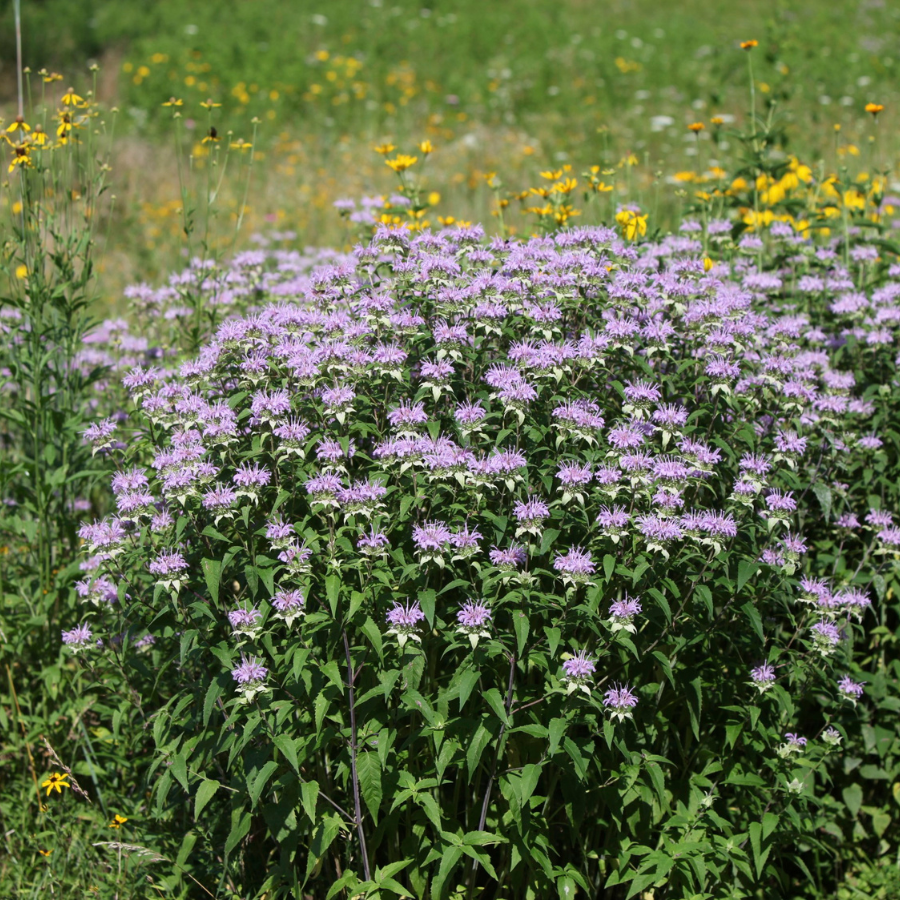
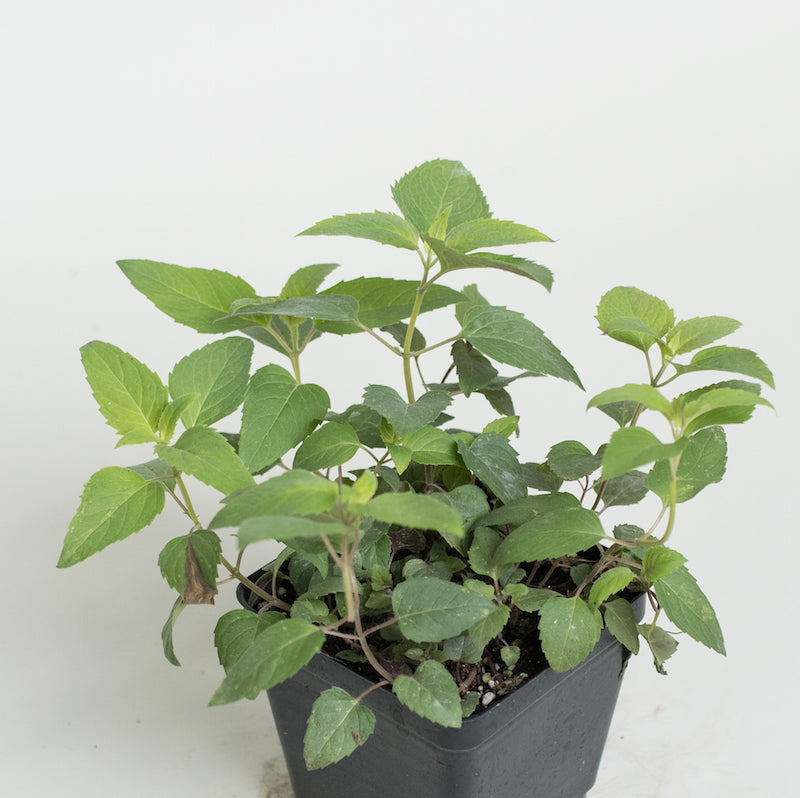

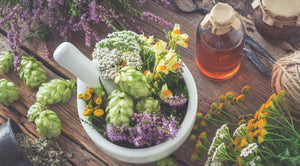
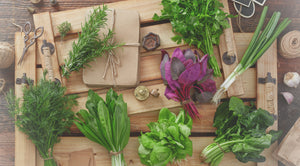
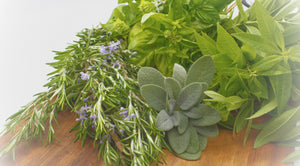
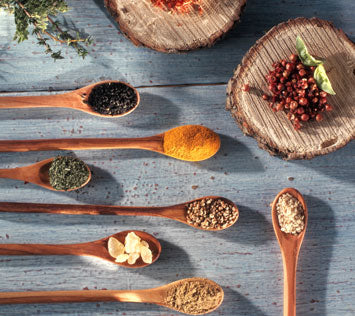
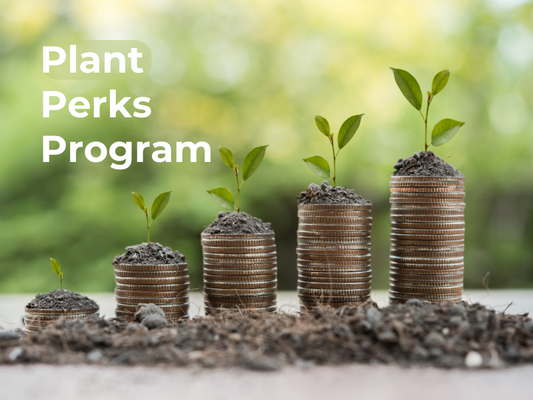
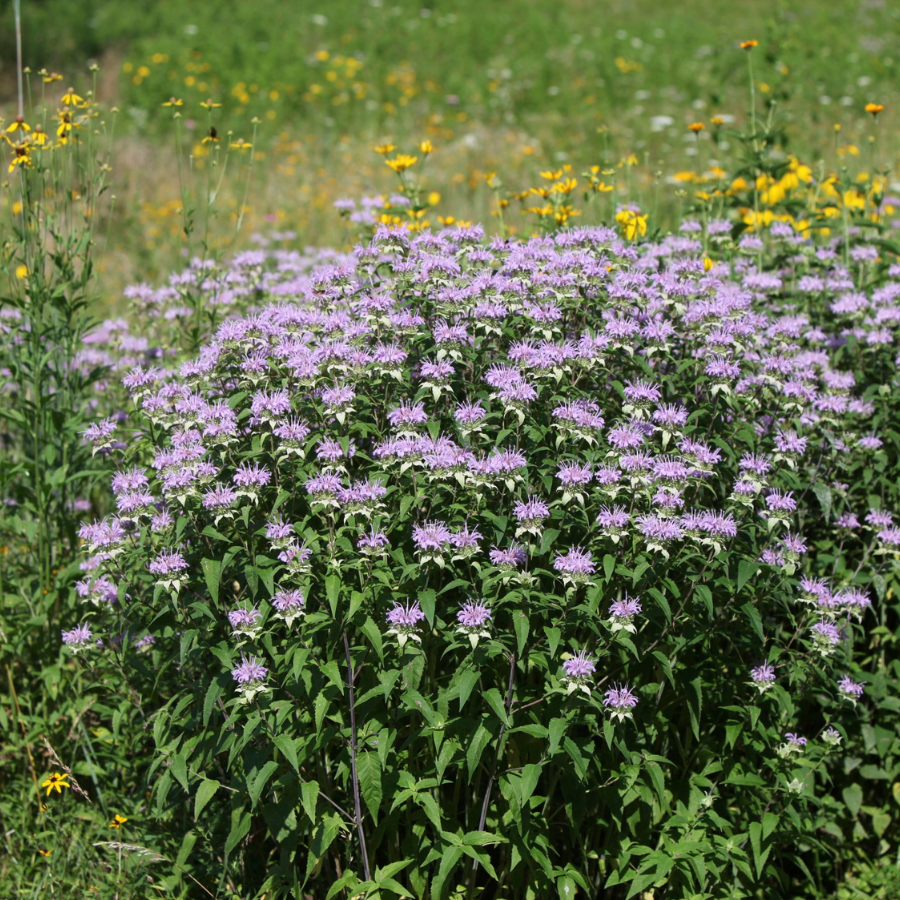
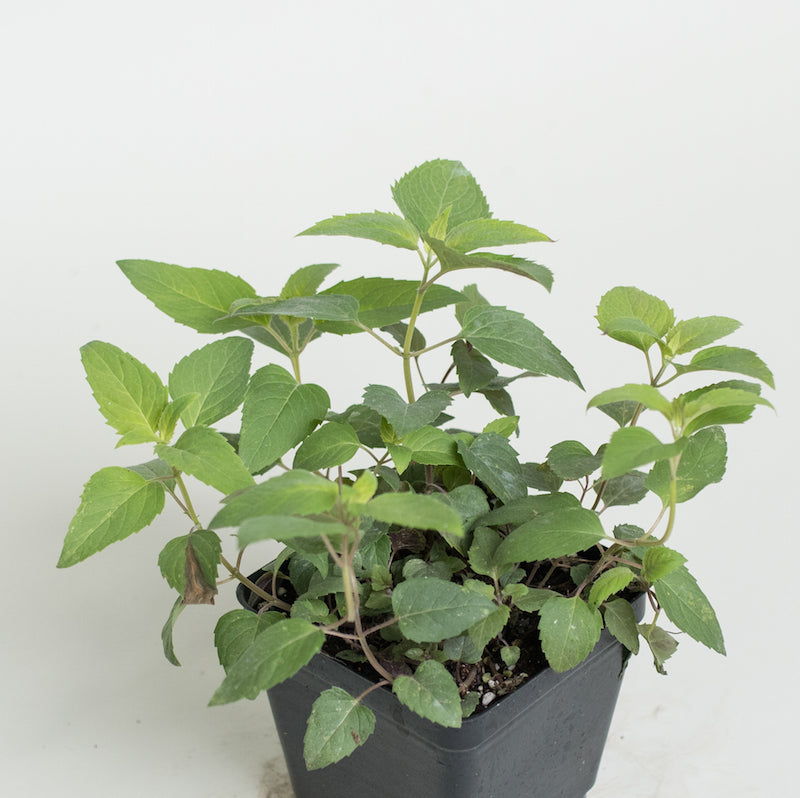
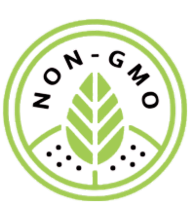


 Culinary
Culinary
 Medicinal
Medicinal
 Deer Resistant
Deer Resistant
 Aroma
Aroma
 Pollinator
Pollinator
 Native
Native